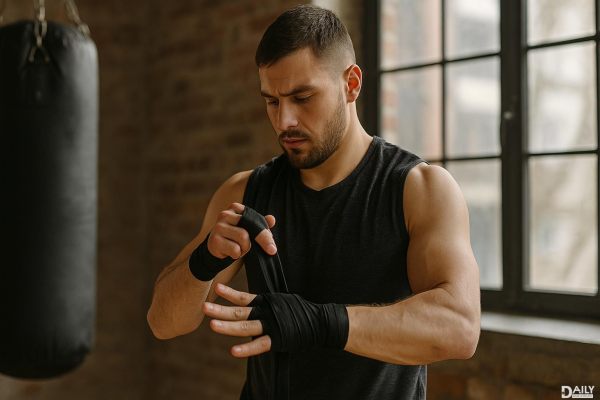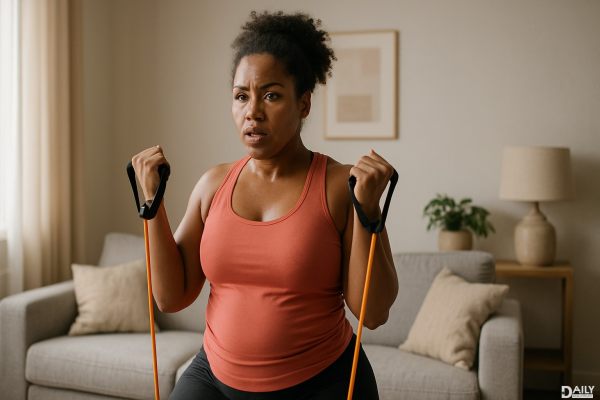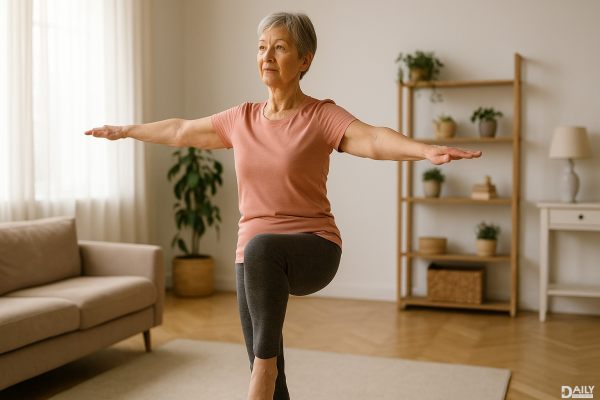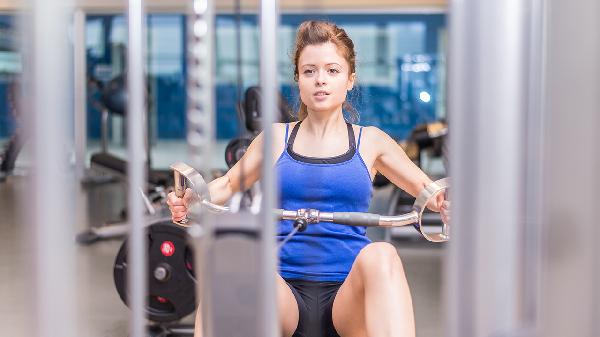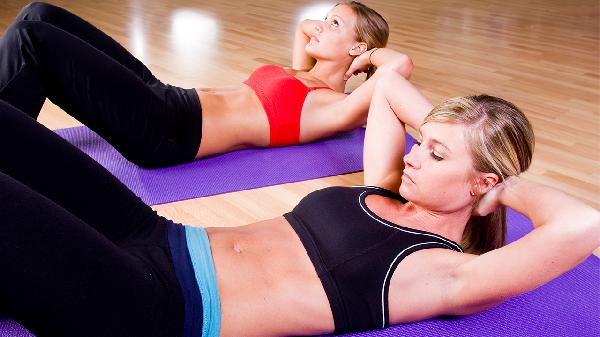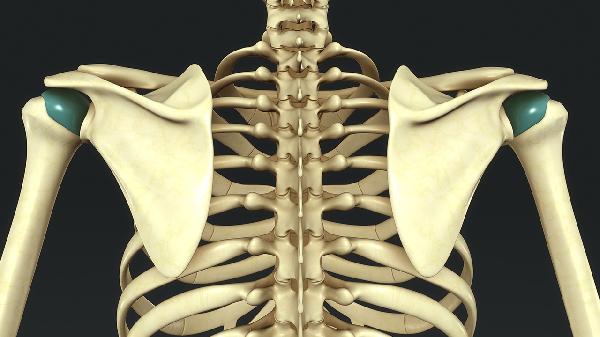What makes a great workout? It’s not just about the sweat or the burn—it’s about engagement, motivation, and the right environment. For me, a killer session blends expert instruction, immersive surroundings, and exercises that challenge both body and mind. That’s why I was initially skeptical about virtual reality workouts. Could a headset really replace the energy of a live trainer or the camaraderie of a gym? Turns out, with the right tech, it absolutely can—especially when mixed reality (MR) bridges the gap between digital and physical fitness.
The VR Fitness Evolution: From Games to Real Gains
When VR fitness first hit the scene, it felt more like play than training. Early adopters (myself included) got hooked on games like Beat Saber or Supernatural, where slashing neon blocks or punching targets to music disguised cardio as fun. But for strength junkies, options were slim. Enter Litesport, a platform that cracked the code by merging certified coaching with actual weights—no gimmicks, just gains. Their MR approach lets you lift real dumbbells while a virtual trainer guides you through reps, blending the best of both worlds. No more flailing in empty space; this is structured strength training with a futuristic twist.
Why Mixed Reality Changes the Game
The magic lies in the Meta Quest 3’s Passthrough feature, which overlays digital elements onto your real-world surroundings. Unlike older VR headsets that trap you in a pixelated void, Passthrough keeps you grounded—literally. You can see your dumbbells, your floor, even your cat weaving between your legs mid-squat. Safety? Check. Immersion? Double-check. It’s like having a personal trainer teleport into your living room, minus the awkward small talk. And for those worried about looking silly, trust me: once you’re in the zone, you’ll forget you’re wearing a headset altogether.
Breaking Down a Litesport Session
My first workout was a 3-song upper-body mix with trainer GW. The setup was intuitive: pick your dumbbell weight (or start with just the controllers), and boom—you’re face-to-face with a coach who demos each move while a virtual diagram highlights the muscles you’re targeting. The pacing is deliberate, emphasizing control over speed. Think bent-over rows with a 3-second eccentric, or lateral lunges that make your glutes scream. Between sets, GW cues form adjustments (“Engage your core!” “Soften those knees!”), replicating the feedback you’d get in a live class. And the stats? Post-workout, the screen tallied my total weight lifted (a wildly inflated 600+ lbs, thanks to creative math) and time under tension per muscle group. It’s the kind of data-driven motivation that keeps you coming back.
Who’s It For? Spoiler: Everyone
Litesport’s VP Anthony Crouchelli nailed it: this isn’t just for tech-savvy gym rats. The platform’s bite-sized workouts (5–15 minutes) are perfect for WFH warriors craving movement between Zoom calls. Older adults can use it for low-impact strength building, while fitness newbies benefit from the real-time coaching. And for seasoned lifters? Stack sessions into a 45-minute burner or wait for the upcoming 6- and 12-week progressive programs. The gamification—think punching to the beat in Liteboxer mode—adds a dopamine hit that makes reps fly by. It’s fitness that feels less like a chore and more like leveling up.
The Verdict: VR Meets Real Results
After testing Litesport, I’m convinced MR is the future of home fitness. It solves the isolation of solo workouts by putting a coach in your space, and it’s far more engaging than staring at a phone app. The hardware is lightweight, the software is intuitive, and the sweat is very real. Whether you’re a cardio hater, a strength addict, or just someone who hates gym crowds, this is worth a try. Just clear some space—you’ll need it when you start shadowboxing in your living room.
Final thought? The best workouts meet you where you are—literally. With Litesport, that could be your apartment, a hotel room, or even a park (Wi-Fi permitting). The barrier to entry isn’t equipment or intimidation; it’s just putting on the headset and pressing start. And if that’s not fitness democratized, I don’t know what is.
